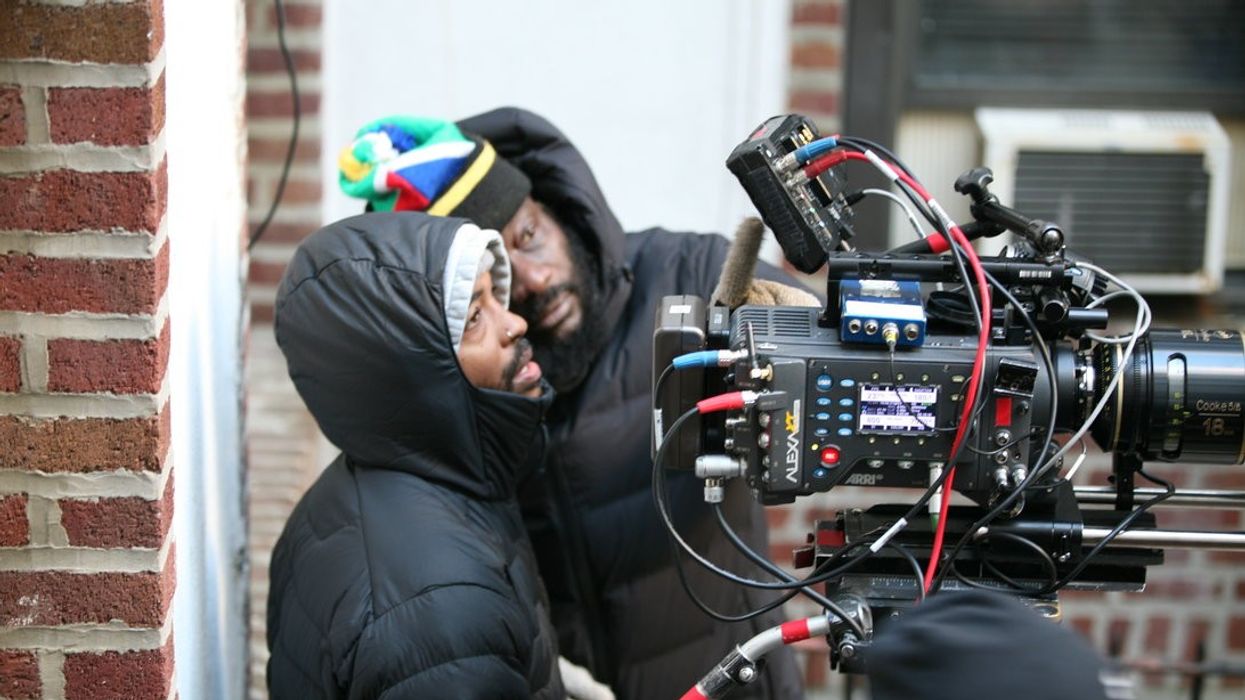Key Trademarks of DP Bradford Young's Visual Style
What gear and aesthetics does Bradford Young use to help stories come to life?

Film is a visual medium, and DP Bradford Young is one of its brightest artists. The cinematographer has a diverse and interesting aesthetic that helps draw people into the story and holds them during action and emotions.
Through his work on films like Pariah (2011), Ain’t Them Bodies Saints (2013), Mother Of George (2013), Selma (2014), A Most Violent Year (2014), Arrival (2016,) Solo: A Star Wars Story (2018), and When They See Us (2019) he has certified his place as one of the most important pair of eyes in the business.
Today I want to look at some of his trademarks and the gear he uses to achieve these looks.
Let's go.
Key Trademarks of DP Bradford Young's Visual Style
One of the most interesting looks in modern cinematography is aligned with Young. If you don't know his name, he's the guy behind the camera for epics like Solo and indie masterpieces like A Most Violent Year.
While cinematographers rarely get the treatment directors do, their eyes and sensibilities provide some of the most interesting parts of the story.
And Bradford Young has earned the trust of some of the best directors working. He's done this through his creation of personal, naturalistic, and subtlety engaging images.
The communication between image and audience is one of the central foundations of the story. So what gear does Bradford Young use to communicate with the audience?
The Gear!
The greatest tool in Bradford Young's kit is one we all have: natural ambient light. So much of his cinematography work is just using bounce cards to reflect light from the sun to warm his subjects or even cool them down.
Aside from the sun, he employs the same theory when it comes to using practical sources like lamps.
Let's take a look at a simple setup he's used in the past. the basic idea here is to avoid harsh shadows and focus instead on the way things would look with a softer light shed on what he's filming.
If you take a look at this image from Ain't Them Bodies Saints, Young actually uses something similar to cast a harsh shadow this time around.
He can block half a face with the cloth but still keep the light gently blanketing what he wants to be in the field of vision.
That's fine for interiors, but what about exteriors?
We spoke to Bradford Young about Arrival's color and shots and this is how he explained them,
No Film School: Much of Arrival's color palette, especially at the beginning, is muted and almost mundane—not what one might expect in a sci-fi. How was that choice made?
Bradford Young: I'm glad you used the word "mundane," because that's the word I'm using a lot to describe the film. The approach is really about wrapping our minds around the unexpected, which I think is what the film is really about.
Part of it was not shackling ourselves to genre. The science fiction genre has all types of good tropes that work that are tried and true, and that didn’t make sense for this story. In our process as filmmakers, we have to try and be really honest in how we tell a story, which, in this case, is to highlight the capacity and the beauty of human emotion.
As you can see, Young is extremely versatile when it comes to the movies he works on and the looks he attempts. The one consistent thing is that the choices he makes are deliberate for the message within the story.
We can't wait to see what's next.
Up Next: 50+ Camera Angles, Shots, and Movements: A Complete Guide
Have you ever been overwhelmed at the possibility of every camera angle, framing, and shot type available as a filmmaker? Us too. So we provided a cheat sheet with definitions for you!
Source: In Depth Cine















